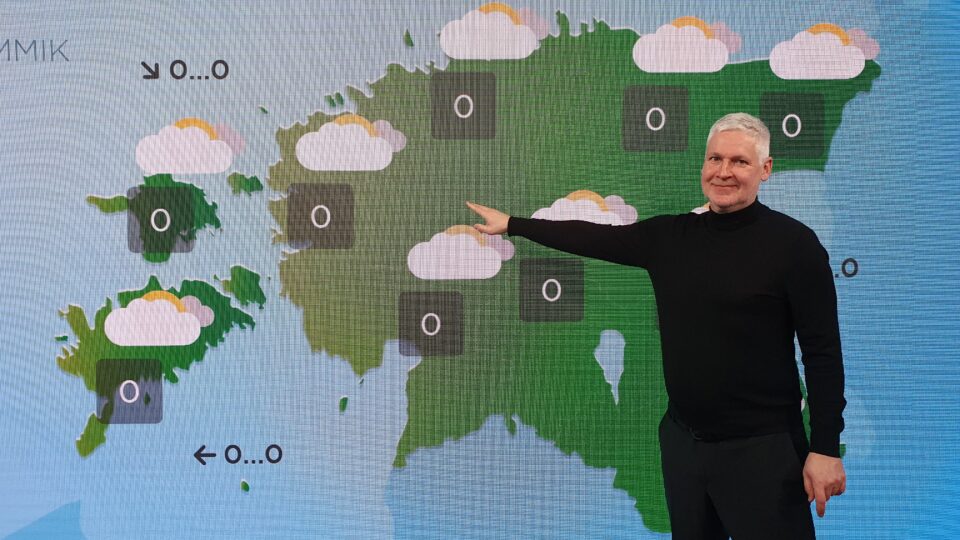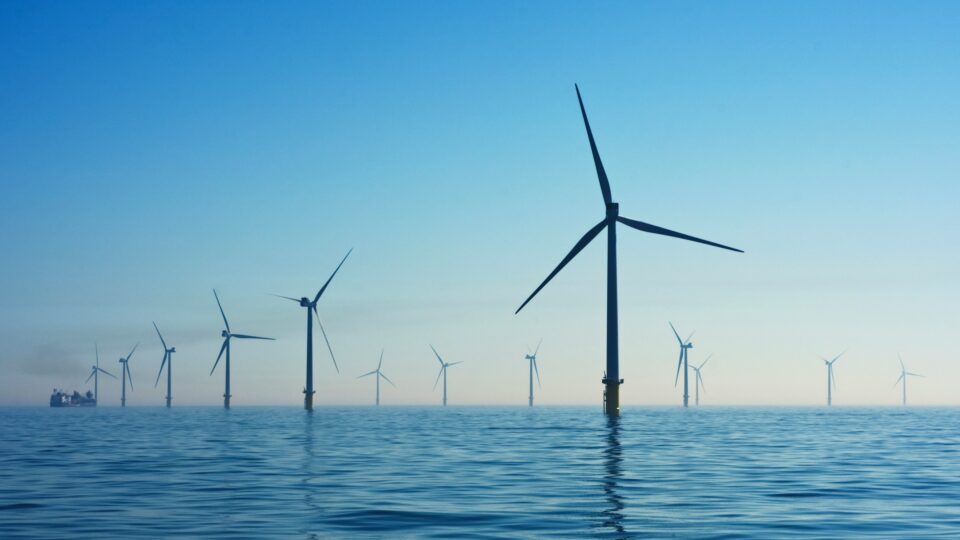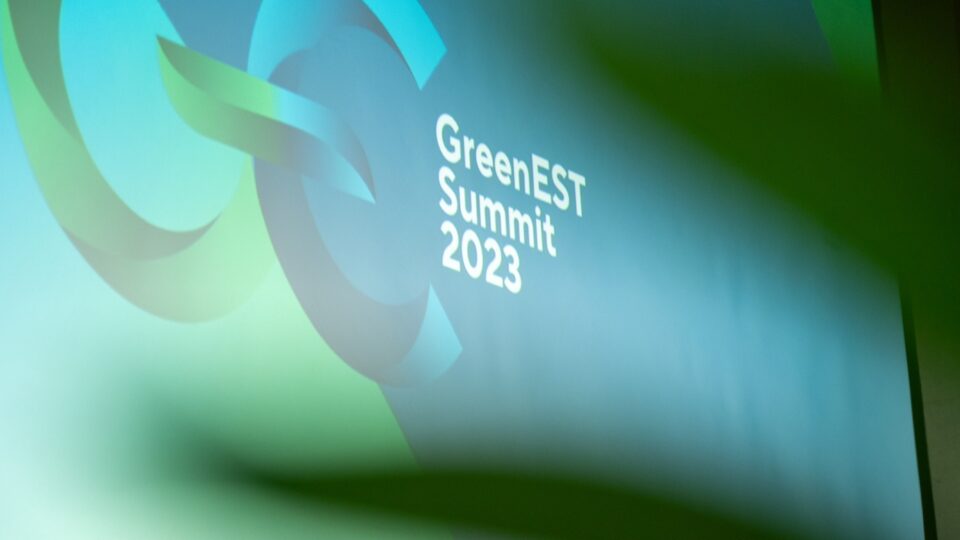Participating in the lively launch of TalTech’s new portal Trialoog, I realized that voices of public officials might become scarce commodities—a true deficit—in authentic three-way dialogues. After all, each ministry has its own professional messengers, and articles by officials remain rare in the media landscape. This is equally true at the European Commission, which is why it’s essential to clarify right away: the following opinions are personal and do not represent official positions. Yet naturally, claims by an Estonian and Finnish policy official working in the Directorate-General for Research and Innovation rely on verified sources.
Estonia has embarked upon the renewable energy path, albeit somewhat hesitantly and cautiously. From an official’s perspective, an essential condition has been met: the vision of renewable energy is now laid down in writing. This year, wind power generation capacity will double, and solar energy harvesting will likely surpass the first gigawatt (GW) milestone. The establishment of several significant battery storage units is anticipated, making the renewable electricity targets by the decade’s end increasingly attainable each passing month. Yet the question remains: what happens in Estonia when the sun doesn’t shine, the wind doesn’t blow, and oil shale no longer provides warmth?
The first step is producing renewable electricity in vast quantities—so large that wind power is available even during relatively calm winds, and solar energy during cloudy weather. By the time storage capacities and the production of other energy products from electricity are operational, the capability to harness wind energy should significantly exceed immediate consumption needs.
Estonia has embarked upon the renewable energy path, albeit somewhat hesitantly and cautiously.
To better grasp the direction of development, we can look at wind energy plans in our northern neighbor, Finland. Finnish wind turbine capacity has rapidly grown in recent years, surpassing 7 GW as of February. By the turn of the year, over 1600 turbines had been installed. At Mutkalampi, Finland’s largest wind farm, 69 turbines began producing up to 0.4 GW of electricity in summer 2023. Stockholm-based wind energy developer OX2 is currently establishing Finland’s most powerful wind farm north of the Åland archipelago, where 360 planned turbines will capture wind energy with a capacity of up to 5 GW.

The total capacity of wind turbines in Finland has grown rapidly in recent years, surpassing 7 GW in February. At Mutkalampi, the country’s largest wind farm, 69 turbines began generating up to 0.4 GW of electricity in the summer of 2023 | Photo: Screenshot from the Mutkalampi wind farm website.
By the start of this year, renewable energy developers in Finland had approached Fingrid, Finland’s national grid operator, requesting grid connections totaling nearly 350 GW of capacity. About half of this planned capacity is dedicated to onshore wind, with the remainder split roughly equally between offshore wind and solar power. Fully permitted wind farms currently total 6.1 GW, while environmental impact assessments are underway for an additional 54.1 GW.
Finland’s electricity consumption is approximately ten times higher than Estonia’s. By dividing this large number by ten, the comparable new renewable energy capacity target for Estonia would be 35 GW. Currently, Estonia’s publicly announced future renewable energy capacities can still be expressed with a single-digit number, which makes them appear quite modest from afar.
Finland’s electricity consumption is approximately ten times higher than Estonia’s. By dividing this large number by ten, the comparable new renewable energy capacity target for Estonia would be 35 GW.
Alongside the growing volume of renewable electricity as the cheapest energy source, energy storage is accelerating rapidly. Battery prices seem to obey gravitational pull, enabling plans for Estonia to build battery storage capacities at the gigawatt-hour scale (albeit gradually, no more than an hour at a time per year). In addition, there are company-level and home batteries—such as in Germany, where their number doubled last year, surpassing one million.
All supporters of renewable energy transition are likely eagerly awaiting progress on the large-scale pumped hydro storage plant in Paldiski. Pumping water using cheap electricity and generating power when demand is higher is currently the cheapest storage technology available and reduces the average electricity price even more effectively than batteries. On February 23, the developers of the Paldiski pumped hydro storage facility signed a construction agreement with Lääne-Harju municipality, paving the way for the internationally notable facility—with a capacity of 0.5 GW over 12 hours—to potentially begin construction this year.
For seasonal energy storage solutions over the coming decades, Estonia’s best option could be biomethane, produced from the still-underutilized secondary outputs of dozens of large-scale animal farms. In about ten years, as surplus cheap renewable electricity becomes increasingly abundant, biomethane storage could be supplemented by hydrogen, produced from excess renewable electricity, as an additional seasonal energy storage option.

The pumped hydro storage facility planned in the city of Paldiski by Energiasalv Pakri OÜ consists of an underground reservoir located in crystalline bedrock more than 500 meters deep, connected to the sea via vertical shafts. The facility stores excess renewable energy by pumping seawater into the underground reservoir when production exceeds consumption. When renewable energy supply is low, the station generates electricity as water flows back from the sea into the underground reservoirs | Photo: Energiasalv Pakri.



